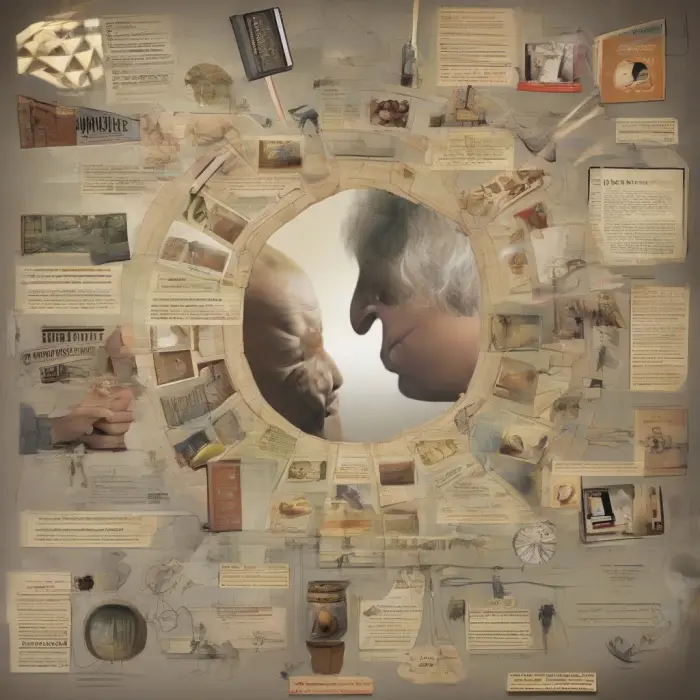Mind-Blowing Facts About the Wonders of Neutron Stars
Neutron stars, often overlooked in the awe-inspiring expanse of the universe, are in fact some of the most incredible celestial bodies that exist. Born from the explosive death throes of massive stars, these stars are extremely dense, spinning incredibly fast, and possess extremely powerful magnetic fields, among other remarkable properties. In this article, we delve into the wonders of these fascinating astrophysical objects.
Formation of Neutron Stars
<img src="neutron_star_formation.jpeg" alt="Neutron star formation" />
When a star of sufficiently large mass exhausts its nuclear fuel, it undergoes a cataclysmic supernova explosion. This explosion results in the core of the star collapsing under its own gravity, turning into an incredibly dense sphere composed almost entirely of neutrons - hence the name 'neutron star'.
Astoundingly Dense and Compact
Imagine compressing a mass greater than that of the sun into a sphere about 20 kilometers in diameter, and you'd get a neutron star. To put that into perspective, a single teaspoon of neutron star material would weigh around a billion tons! The density of a neutron star is mind-boggling – it's akin to cramming all of humanity into a sugar cube.
Rapid Spin and Strong Magnetic Field
Neutron stars spin at an incredibly high speed, as fast as several hundred times per second. This is a byproduct of their formation, a principle derived from the law of conservation of angular momentum. The magnetic fields of neutron stars are a trillion times stronger than the Earth's. These properties together make them powerful cosmic lighthouses – creating focused beams of electromagnetic radiation that sweep across the cosmos.
Pulsars: Neutron Stars in Action
<img src="pulsar.jpeg" alt="Pulsar" />
This sweeping beam effect leads to the occurrence of a phenomenon known as 'pulsars'. When the radiation beams sweep past the Earth, they are detected as regular pulses of radiation. The first pulsar discovered, in 1967, was initially thought to be signals from extraterrestrials due to the precise regularity of the pulses.
The Discovery of Gravitational Waves
In 2017, gravitational waves – ripples in the fabric of space-time – were detected for the first time from a collision of two neutron stars. This event not only solidified Albert Einstein’s prediction of gravitational waves in his theory of general relativity, but also offered invaluable insights into the creation of heavy elements like gold and platinum in the universe.
Existence of Strange Matter
Finally, it is speculated that some neutron stars could be composed of 'strange matter', a substance denser than neutron-degenerate matter. If this is true, it could potentially be the densest form of matter in the known universe.
Neutron stars are an ongoing source of fascination for astronomers and astrophysicists. They not only provide a glimpse into the laws that govern our universe, but also inspire us by the sheer scale of their extremities. This is just the tip of the cosmic iceberg, we still have much to learn about these amazing celestial powerhouses.
References:
- "Neutron Stars: Insights into their Formation, Structure, and Evolution", Book by David Blaschke and David Sedrakian
- "Gravitational waves from merging neutron stars", Journal Article by B.P. Abbott et al.
- "Neutron Stars and Pulsars", Book by Werner Becker










